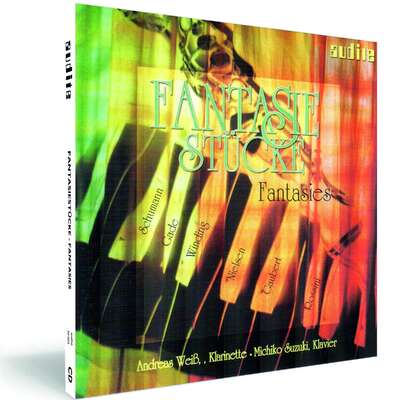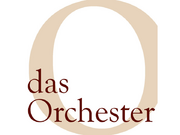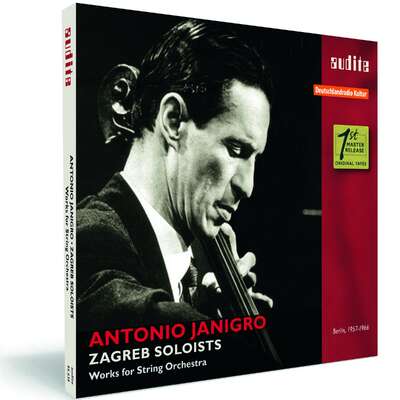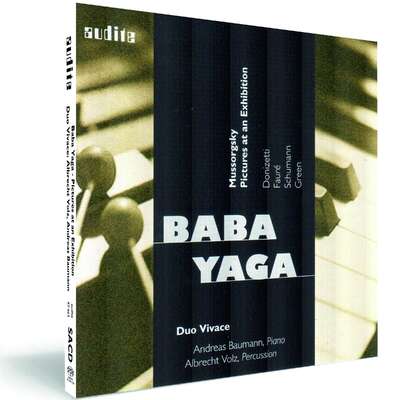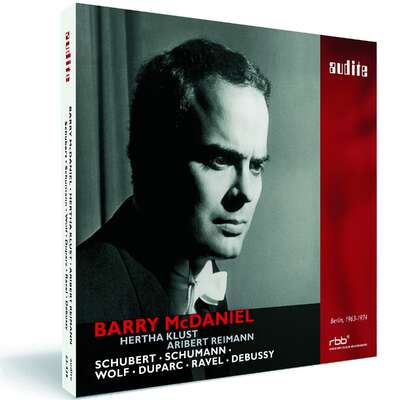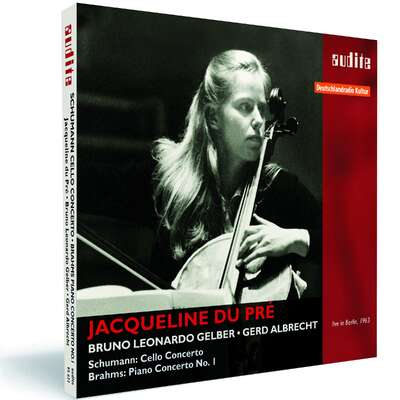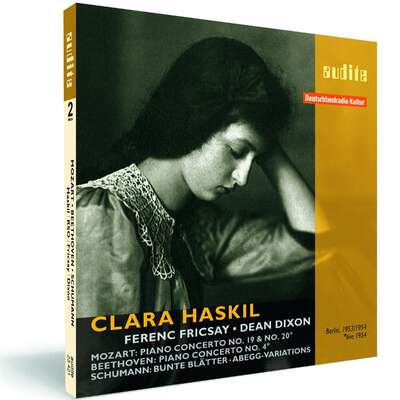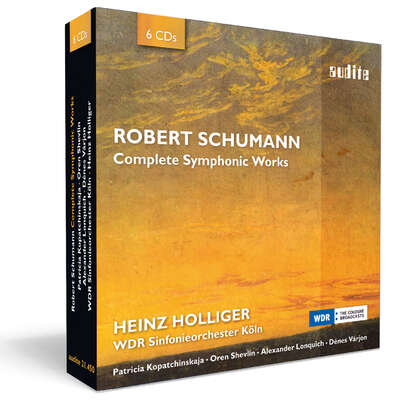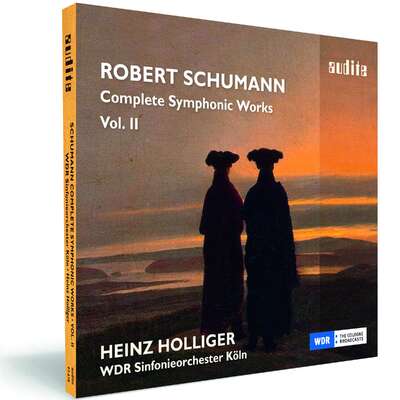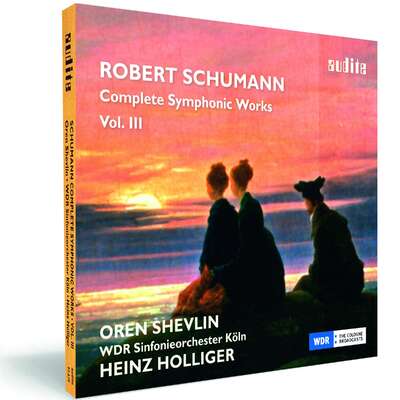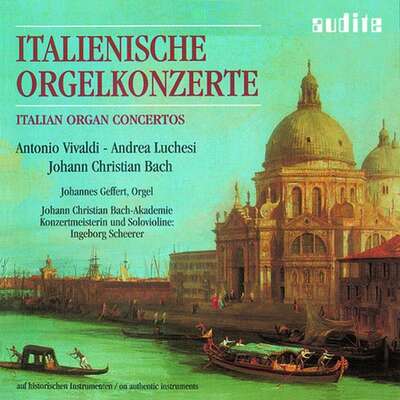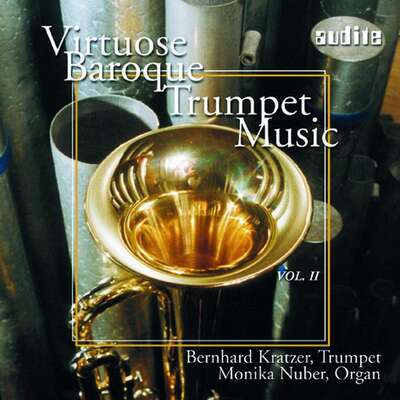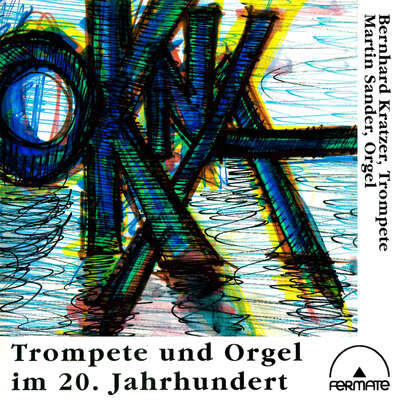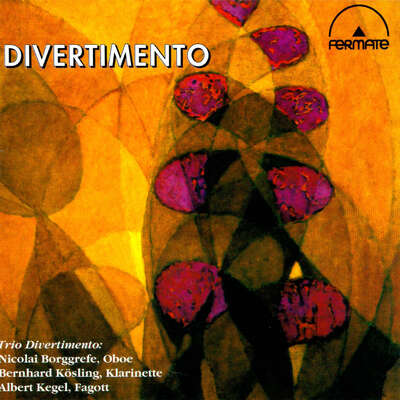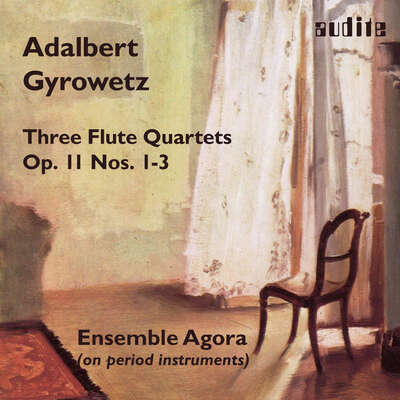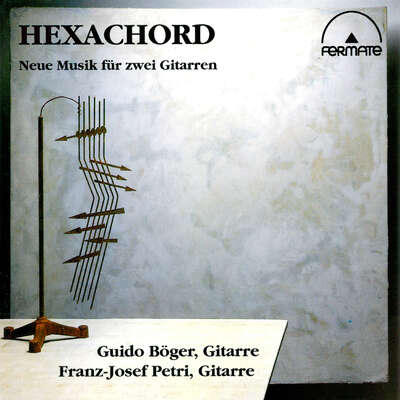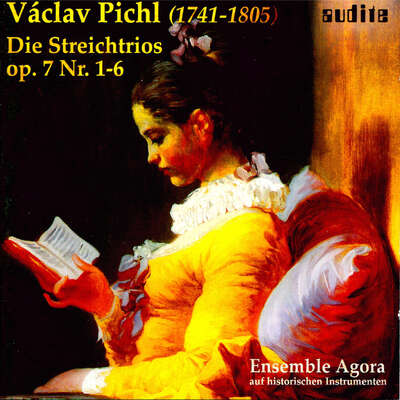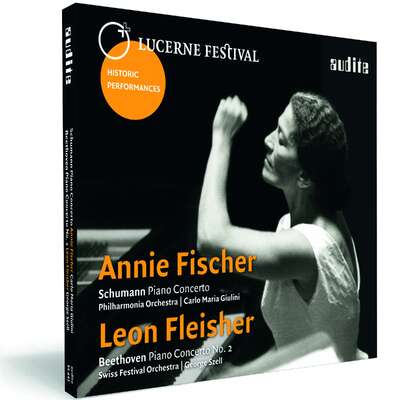
...more
Robert Schumann | Niels Wilhelm Gade | August Hendrik Winding | Carl Nielsen | Philippe Gaubert | Gioacchino Rossini
"The playing here is first-class, leaving nothing to be desired, and the repertoire is appealing." (American Record Guide)
Details
| Romantic Fantasies for Clarinet and Piano | |
| article number: | 20.003 |
|---|---|
| EAN barcode: | 4022143200037 |
| price group: | BCH |
| release date: | 1. January 1992 |
| total time: | 63 min. |
Informationen
Reviews
American Record Guide | 2/2001 | Michael Carter | March 1, 2001
The Fantasy (Phantasie, Fantasia, or Fancy) is a form that dates back several centuries. In Elizabethan England, composers were fond of the genre andMehr lesen
The Fantasy (Phantasie, Fantasia, or Fancy) is a form that dates back several centuries. In Elizabethan England, composers were fond of the genre and it made a comeback at the height of romanticism. In the 20th Century the British industrialist Walter William Cobbett instituted an annual competition encouraging British composers to resurrect the ancient form, but with certain modifications. The most popular and enduring work from the century just past-though in no way connected with the Cobbett competition--was Vaughan Williams\'s Fantasia on a Theme of Thomas Tallis.
Here we have several examples of Fantasy Pieces by 19th and early 20th Century composers, most either German or Scandinavian. The best known is the Opus 73 by Schumann: well-constructed and filled with both lyricism and passion. The less familiar companion works of Niels Gade and August Winding (1835-99) follow the same mold: brief but excellently crafted collections of miniatures that contain much fine music and expertly exploit both the lyrical and technical capabilities of the clarinet. Both the Nielsen and Gaubert are single-movement works, but they are built in such a way that each composer\'s fancy is wholly satisfied.
The playing here is first-class, leaving nothing to be desired, and the repertoire is appealing.
Here we have several examples of Fantasy Pieces by 19th and early 20th Century composers, most either German or Scandinavian. The best known is the Opus 73 by Schumann: well-constructed and filled with both lyricism and passion. The less familiar companion works of Niels Gade and August Winding (1835-99) follow the same mold: brief but excellently crafted collections of miniatures that contain much fine music and expertly exploit both the lyrical and technical capabilities of the clarinet. Both the Nielsen and Gaubert are single-movement works, but they are built in such a way that each composer\'s fancy is wholly satisfied.
The playing here is first-class, leaving nothing to be desired, and the repertoire is appealing.
The Fantasy (Phantasie, Fantasia, or Fancy) is a form that dates back several centuries. In Elizabethan England, composers were fond of the genre and
Correspondenz Robert Schumann Gesellschaft | Nr. 15 | - | March 1, 1993
Zu Beginn des 19. Jahrhunderts wurde die Klarinette als SoloinstrumentMehr lesen
Aus urheberrechtlichen Gründen dürfen wir ihnen diese Rezension leider nicht zeigen!
Zu Beginn des 19. Jahrhunderts wurde die Klarinette als Soloinstrument
Musik und Bildung | 3/93 | Gerhard Dietel | March 1, 1993
Die Klarinette ist ein Lieblingsinstrument, die "Fantasie" eineMehr lesen
Aus urheberrechtlichen Gründen dürfen wir ihnen diese Rezension leider nicht zeigen!
Die Klarinette ist ein Lieblingsinstrument, die "Fantasie" eine
Das Orchester | 41/1993 Heft 11 | Heribert Haase | March 1, 1993
Oft lassen sich ungewöhnliche Programmideen nur mit Hilfe kleinerer FirmenMehr lesen
Aus urheberrechtlichen Gründen dürfen wir ihnen diese Rezension leider nicht zeigen!
Oft lassen sich ungewöhnliche Programmideen nur mit Hilfe kleinerer Firmen
Hessischer Rundfunk | 14.02.1993 | Manfred Karallus | February 14, 1993
Wir kommen zu einer Kammermusikeinspielung mit Fantasiestücken fürMehr lesen
Aus urheberrechtlichen Gründen dürfen wir ihnen diese Rezension leider nicht zeigen!
Wir kommen zu einer Kammermusikeinspielung mit Fantasiestücken für

